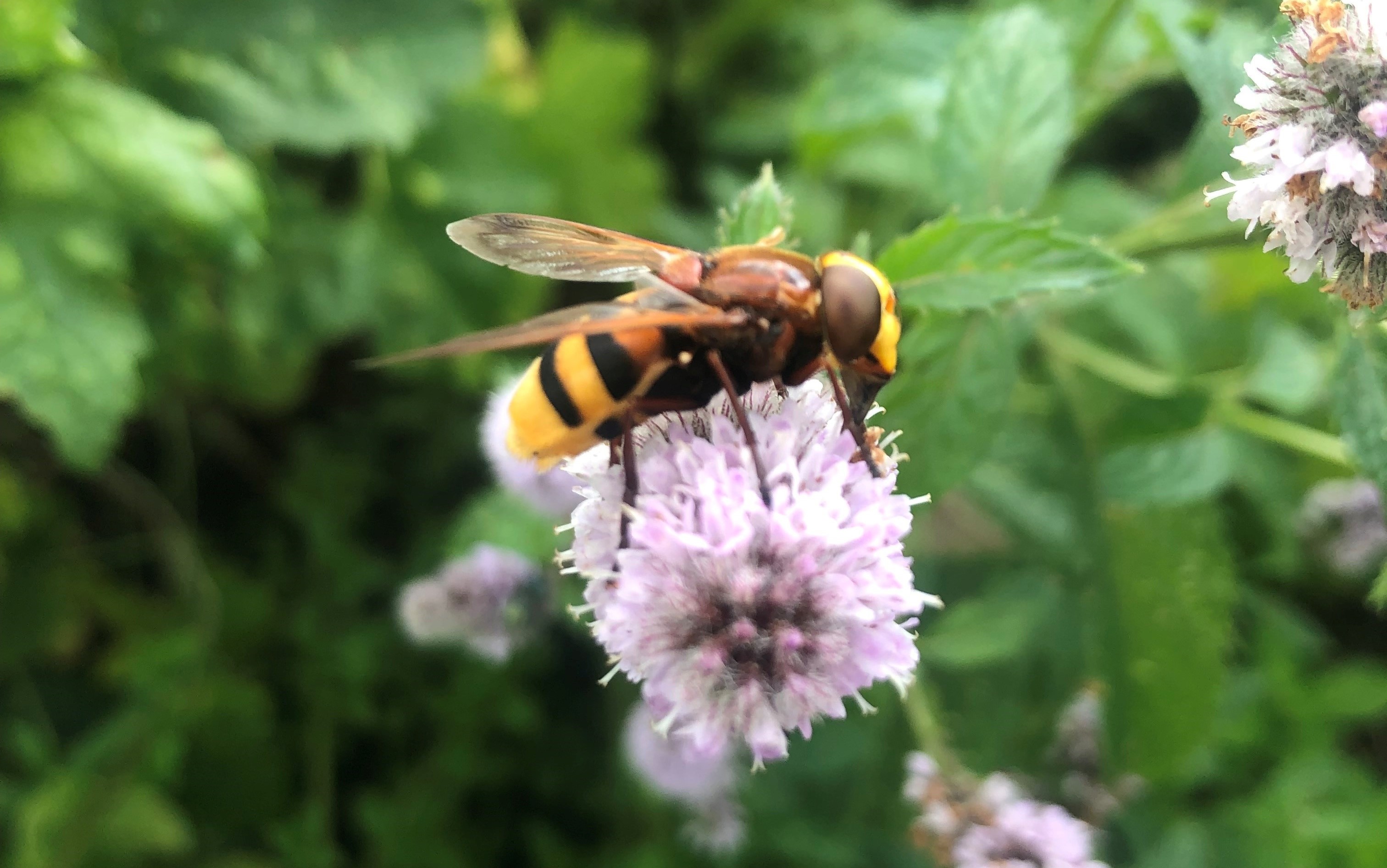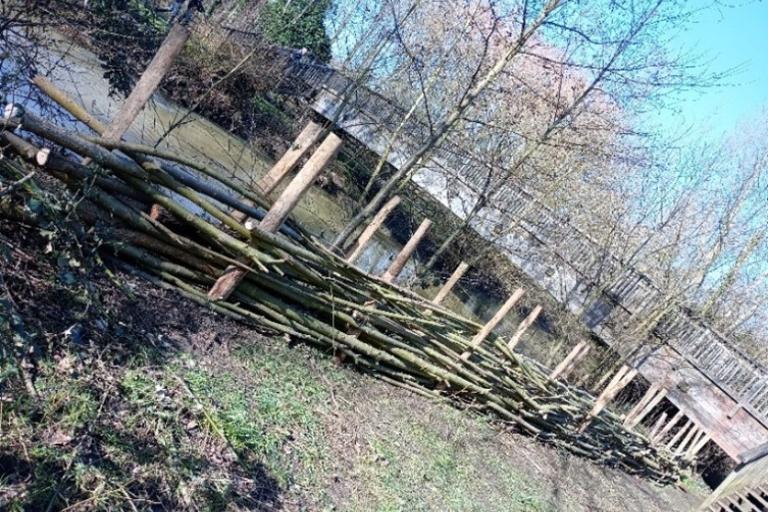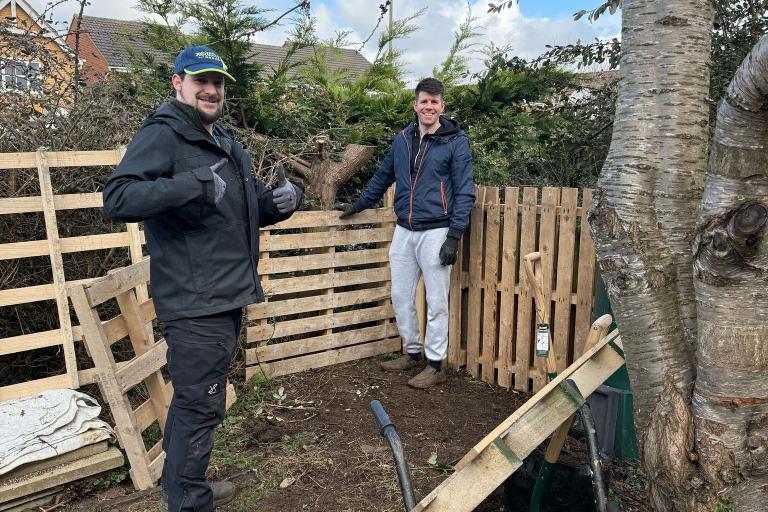Take action to support biodiversity

Biodiversity, understood as the variety of life on earth, is essential for the balance of ecosystems, human health, and climate resilience. In Oxfordshire, as in many parts of the world, the decline of biodiversity has accelerated due to urbanization, loss of natural habitats, pollution, and the effects of climate change. However, local initiatives and community action offer a unique opportunity to change this trend.
Biodiversity in Oxfordshire: understanding the local context
Oxfordshire is a region known for its rich natural heritage, yet it faces significant biodiversity challenges. Intensive agriculture dominates much of the county, occupying 70 per cent of the land. With only 9 per cent woodland and 7 per cent semi-natural habitats, much of Oxfordshire's ecosystems are fragmented, putting wildlife at risk.
In addition, Oxfordshire's unique landscape plays a crucial role in carbon sequestration. Currently, approximately 316,000 tonnes of CO2 are sequestered annually in the county’s soils and vegetation. To enhance this, local strategies aim to restore woodland, regenerate agricultural soils and integrate green spaces into new developments. Efforts to address this include Conservation Target Areas, the Local Nature Recovery Strategy, and commitments to Biodiversity Net Gain. However, community involvement is vital.
Getting involved in conservation projects is an impactful way to make a difference. Oxfordshire has 37 Conservation Target Areas that cover over 20 per cent of the county, providing crucial habitats for species.
Local organisations such as the Thames Valley Environmental Records Centre play a key role by supplying up-to-date habitat, species, and site data, supporting neighbourhood planning and volunteer recording groups. The Berks, Bucks & Oxon Wildlife Trust provides land management advice for improving wildlife sites and leads community projects like the Wild Banbury and Wild Bicester initiatives. Additionally, Wild Oxfordshire supports community wildlife groups and coordinates efforts to improve Conservation Target Areas.
Local conservation efforts, whether through volunteering, attending events or contributing to wildlife assessments, can have a significant impact on enhancing biodiversity in both urban and rural areas. By joining conservation groups or taking part in surveys, individuals play a vital role in restoring and preserving these essential natural spaces.

Why biodiversity matters
Biodiversity supports everything from clean air and water to food production and climate resilience. Without a diverse and thriving ecosystem, we risk losing essential species and the natural balance that sustains life.
How to take action? It’s easier than you think
The solution for global problems often starts right outside your door. Volunteering for habitat restoration projects or participating in educational workshops can have a meaningful impact. Protecting key local wildlife species like badgers, bats, otters and grass snakes is another way to help. Reporting sightings of these species to conservation groups and helping maintain connected green spaces will support their survival. By advocating for green spaces in your community, supporting tree-planting initiatives, or joining a community gardening project, you can help improve biodiversity in both urban and rural areas. Residents can support sustainable planning by engaging with local councils, while also encouraging businesses and developers to include features like green roofs and wildlife corridors in their projects.
You can also make your home more wildlife-friendly by installing bird feeders, creating a small pond, or composting food waste to enrich your garden’s soil. Creating pollinator-friendly spaces by planting wildflowers and native plants in your garden or balcony can support bees and butterflies. Avoiding pesticides also helps to create a safer environment for pollinators to thrive.
Reducing your environmental footprint is equally important. Using less plastic, supporting local and organic farmers, and conserving water by collecting rainwater for gardening can all reduce negative impacts on biodiversity.
Lastly, educating others and ourselves, utilising the tools and resources available within our communities, and advocating for change can inspire broader group action. By talking to friends and family about the importance of biodiversity, promoting sustainable practices in schools and workplaces, and using social media to share information, you can help mobilize your community to protect nature.
Steady steps, significant change
Everyone has the power to make a change. Whether it’s taking part in a conservation project, planting native flowers, or advocating for better land management policies, your efforts contribute to a healthier and more biodiverse Oxfordshire. Let’s work together to protect our natural environment for future generations!
